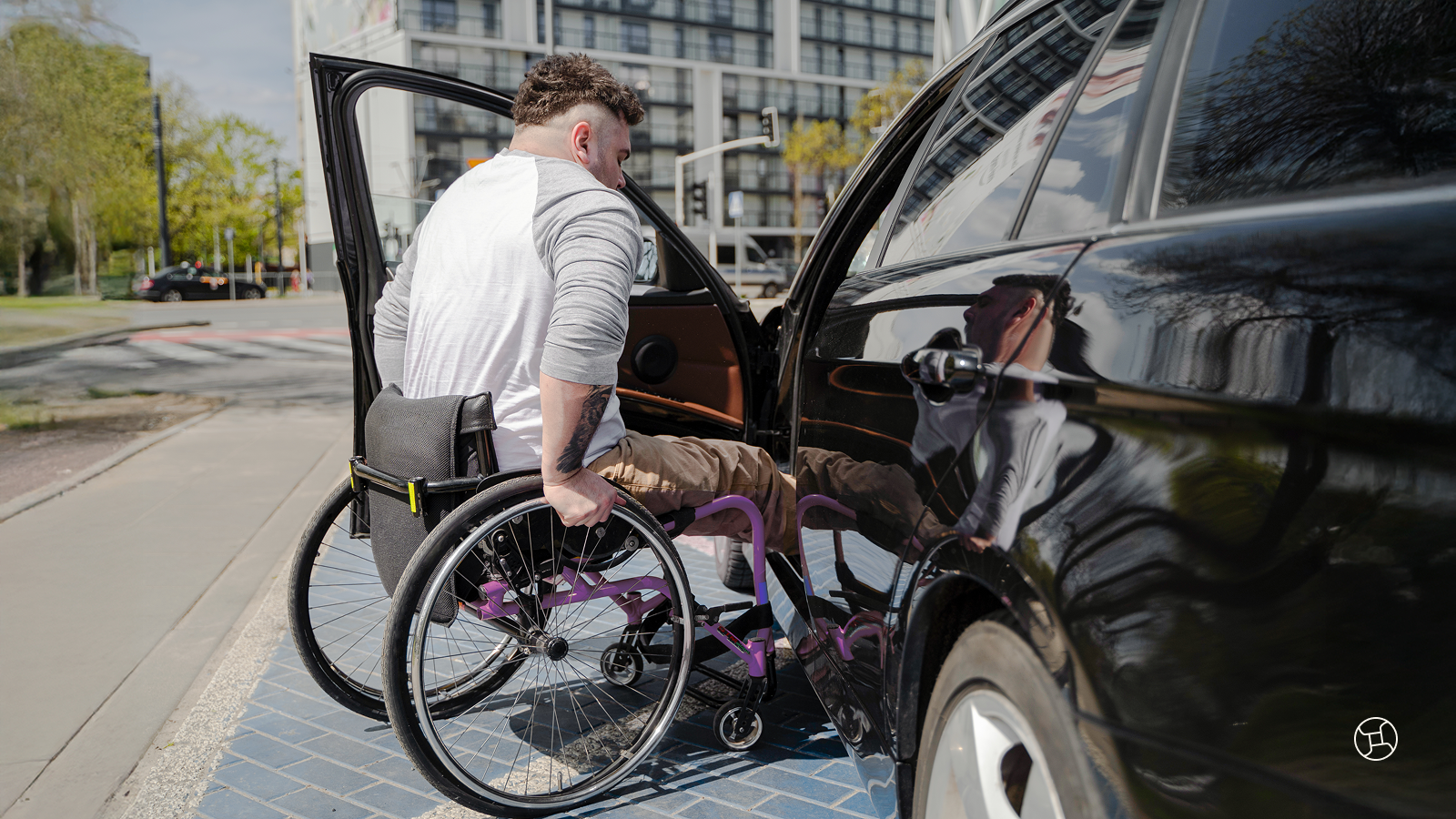If you’ve just been accepted into the NDIS and have a planning conversation (formerly called a planning meeting) coming up, you may have a lot of questions about what happens next. You might be feeling excited about being accepted into the NDIS, nervous about what your plan will look like, or a combination of both.
It can be helpful to know a bit about what’s coming next and how to prepare for your planning conversation. However, it’s up to you how much or little you want to prepare. This article will support you to feel more confident about the process and run through some things to think about while helping create your plan, including:
- Preparing for your planning conversation
- Learning about the types of support budgets
- Thinking about how you might like your funding to be managed
- Getting familiar with your approved plan
1. Prepare for your planning conversation
Your first planning conversation with an NDIA Planner, Local Area Coordinator (LAC) or Early Childhood Early Intervention partner is crucial, and it’s normal to feel nervous. Lots of planning conversations are done over the phone and some are done in person.
Goals are a big part of the NDIS and the meeting will include a discussion to set your short-term and long-term goals. Have a think about what you want to achieve before the meeting. For example, do you want to find a job, make friends or become a more confident communicator?
You can also journal your disability needs over the course of a week. Track everything you do and any money you spend related to your disability and bring a copy to your planning conversation.
It’s also a good idea to make photocopies of any relevant documents you have available to bring on the day, such as therapy reports, medical diagnoses and home modification assessments.
Lastly, you could write down any therapy and care, assistive technology and equipment that will help you achieve your goals. It’s up to the NDIS to assess whether your requests are reasonable and necessary when deciding on your funding. If you realise you’ve forgotten to mention something in the days after the meeting, you can still send it to your planner.
2. Learn about the types of support budgets
You don’t need to be an expert in how NDIS funding works, but knowing a little bit about it can help you feel more confident. There are three types of support budgets that might be included in your plan: Core Supports, Capacity Building Supports and Capital Supports. While you won’t necessarily get every support budget in your plan, it’s helpful to know a bit about them.
Core Supports is funding you receive to help you with daily living. It includes four categories of support:
- Consumables: purchasing everyday items related to your disability, such as continence aids or low-cost assistive technology.
- Daily Activities: help with daily personal activities, such as personal hygiene or household tasks.
- Assistance with Community and Social Participation: access to community, social and recreational activities such as art classes, sports, library visits or day trips.
- Transport: alternatives to public transport due to your disability, including taxis, Ubers, fuel or specialised transport.
Capacity Building Supports is funding you receive to build your independence and skills. These are the Capacity Building support categories and an example of what they can include:
More common categories
- Support Coordination: for a support coordinator who can help you use your plan.
- Improved Life Choices: plan management who pay your invoices on your behalf.
- Improved Daily Living: therapy aimed at improving your ability to participate.
- Social and Community Participation: public transport training and support, developing skills for social, community and recreational participation.
- Employment: employment-related assessment and counselling.
Less common categories
- Health and Wellbeing: exercise advice needed because of the impact of your disability.
- Home Living: support to gain or retain appropriate accommodation.
- Lifelong Learning: help to move from school to further education.
- Relationships: positive behavioural support strategies.
Capital Supports is funding to help you pay for more expensive big-ticket items and services. It has two support categories:
- Assistive Technology: equipment for mobility, personal care and communication such as wheelchairs or vehicle modifications.
- Home Modifications: modifications at home you need due to your disability, such as a rail in the bathroom.
You can read more about types of support budgets on the NDIS website.
3. Think about how you want your funding to be managed
There are three different ways to manage your NDIS funding. Depending on what your support needs look like, you may be able to choose one way or a combination of all three. In the planning conversation, your LAC or NDIA planner will help you choose the best way to manage your funding for your needs and circumstances. The different styles of management are:
- Plan-managed: You choose what you need to buy and what services you need to access. Your plan manager handles all the invoices and guides you according to NDIS guidelines.
- Self-managed: Similarly, you choose what you need to buy and what services you need to access. However, you will budget your NDIS plan and process invoices yourself.
- NDIA-managed: the NDIA manages your budget and processes invoices on your behalf. You are limited to using NDIA-registered providers.
4. Get familiar with your approved plan
Your NDIA planner or LAC will let you know how long it will take to receive your approved plan after you have your planning conversation.
Once you receive your plan it’s worth spending some time getting familiar with it. It will include information about you and the support you get from family and friends, services and community groups, your goals and funded supports. Your funding will be based on what’s reasonable and necessary for your needs.
By preparing for your planning conversation, thinking about how you want your funding to be managed and learning about the types of support budgets, you’ll be well on your way to creating a plan that works for you.
Need help preparing for your planning conversation?
Our free NDIS planning conversation tool is a great way to prepare for your meeting. It will help you learn how to set the right goals, know what therapies and aids you can ask for and set you up to receive the budget you need.
.png)


